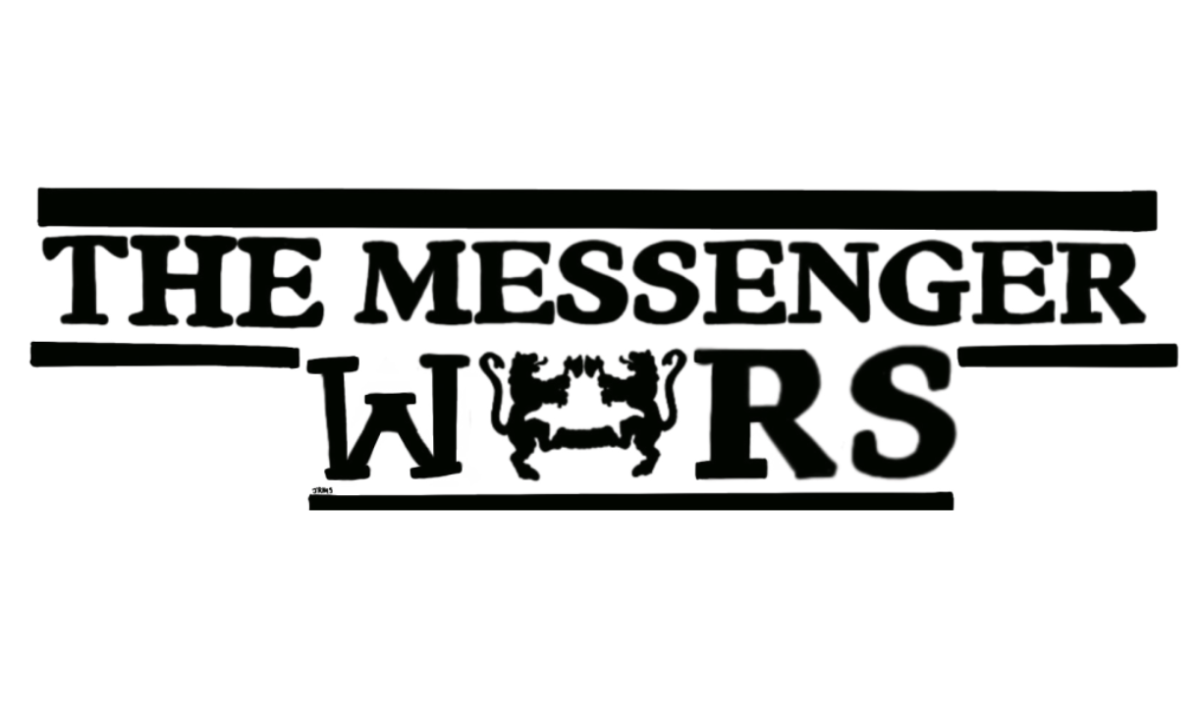 It has been 50 years since “Silent Spring” was first published on Sept. 27, 1962. Rachel Carson, an American marine biologist and conservationist, authored this groundbreaking book, which was largely responsible for igniting the environmental movement in the United States. This movement spurred significant attention toward the negative environmental impacts of insecticides, particularly DDT.
It has been 50 years since “Silent Spring” was first published on Sept. 27, 1962. Rachel Carson, an American marine biologist and conservationist, authored this groundbreaking book, which was largely responsible for igniting the environmental movement in the United States. This movement spurred significant attention toward the negative environmental impacts of insecticides, particularly DDT.
To better understand the aspects of the environmental movement that surrounded DDT, one must first understand the context in which “Silent Spring” was published. DDT, or dichlorodiphenyltrichloroethane, is an insecticide and has tasteless and almost odorless properties. It was synthesized in 1874, but its insecticidal properties were first discovered in 1939. Following that discovery, it was widely used in the second half of World War II as a vital means to reduce the spread of typhus and malaria among troops and civilians. Following the war, the production of DDT skyrocketed as it became widely utilized as an agricultural insecticide.
It was with the publishing of “Silent Spring” in 1962 that immense public criticism towards DDT first emerged. In her book, Carson produced a detailed catalog of the environmental impacts that the indiscriminate spraying of DDT was having in the United States. She confronted and questioned the logic of releasing vast amounts of synthetic chemicals into the environment without fully understanding their effects on the ecosystem and human health.
Carson’s research suggested that DDT and other pesticides may cause disease and cancer and that their agricultural use is harmful to wildlife, particularly birds. The book’s publication was one of the signature events that ignited a large public outcry, igniting the environmental movement that eventually led to the 1972 outlawing of DDT in the U.S. Subsequently, agricultural use of DDT was also globally banned under the Stockholm Convention. Today, scientists have stated that the U.S. ban on DDT is a major contributor to the comeback of our national bird, the bald eagle, which had been near extinction before 1972.
There is some controversy surrounding the worldwide banning of DDT. Even though DDT is still sometimes used in disease control, it is done so in very limited amounts. A number of libertarian groups and a select few of authors have claimed that restrictions of DDT have indirectly caused millions of deaths by thwarting its use to combat malaria. In my opinion, the potential harm that DDT has on the ecosystem surmounts this criticism. If humankind poisons nature, nature will in return poison humankind. This one environment is the only one we have, and banning detrimental chemicals from agricultural use is necessary to show respect for that fact.
Since the publication of “Silent Spring,” discussion around environmental issues has increased and many claim that these issues are also more urgent. Yet no single work has had the same kind of impact that “Silent Spring” had. This lack of impact is definitely not due to a deficiency in educated and passionate environmental advocates that have the charisma and persuasion to reach broad audiences on environmental issues, such as climate change. Since Carson, many environmental advocates have done just that. For example, in 1989, Bill McKibben was the first to make a compelling case for the devastation of global warming in “The End of Nature.” Elizabeth Kolbert was next with “Field Notes From a Catastrophe.” Al Gore presented a convincing argument with “An Inconvenient Truth.” While all of these people have successfully shaped the public’s view of global warming, none of them have successfully spurred this nation into demanding a concrete change in the way that Carson did.
Why is it that no single piece of media today has had the same influence that Carson’s book had? I think that one reason for this phenomenon is that, following “Silent Spring,” there have been five decades of environmental debate, resulting in hardened, polarized political factioning. The issue around global warming, especially, is anything but a unifying matter for humankind. I wonder if it will take an irreparable environmental catastrophe for humankind to finally join together over this issue. But even then, the potential for conflicts and aggressive competition for resources would most likely inhibit any unifying actions. Only time will tell.
Kari Riley ’13 [email protected] is from Sacramento, Calif. She majors in sociology/anthropology with a concentration in media studies.


